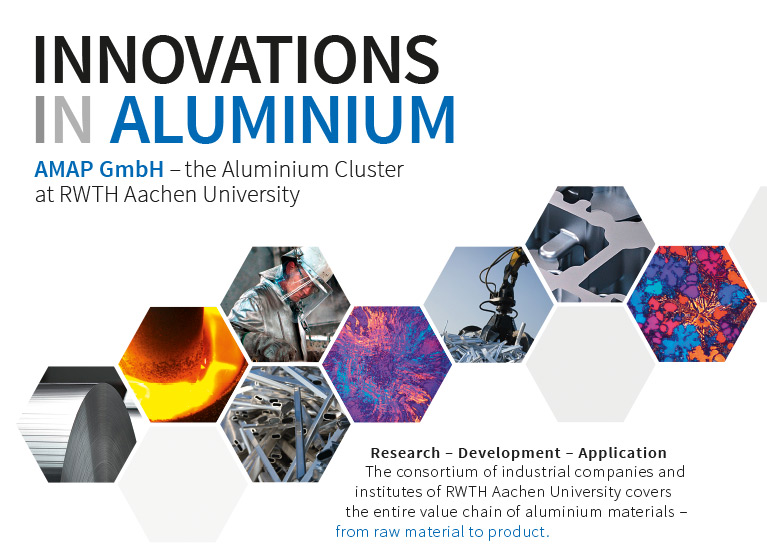Motivation
Aluminum alloys are widely used in automotive industry due to an increasing environmental demand to reduce the total weight of a vehicle and thus, fuel consumption and CO2 emission. The production of Aluminum components contains a large number of thermomechanical processing steps where each step has a significant impact on the properties of the final product. Further improvement of the processing route and alloy development involves a better understanding of the relationship between process and microstructure. This can be achieved by building up a physically based through process model.
Motivation
Aluminum alloys are widely used in automotive industry due to an increasing environmental demand to reduce the total weight of a vehicle and thus, fuel consumption and CO2 emission. The production of Aluminum components contains a large number of thermomechanical processing steps where each step has a significant impact on the properties of the final product. Further improvement of the processing route and alloy development involves a better understanding of the relationship between process and microstructure. This can be achieved by building up a physically based through process model.
Goal
The aim of this project is to model the microstructure evolution along the whole processing chain and to predict the mechanical properties of the final product. Moreover, the surface properties of the Aluminum sheet will be optimized to improve the forming process and flexible rolling will be used to produce tailored structural components.
Goal
The aim of this project is to model the microstructure evolution along the whole processing chain and to predict the mechanical properties of the final product. Moreover, the surface properties of the Aluminum sheet will be optimized to improve the forming process and flexible rolling will be used to produce tailored structural components.
Interest of research and development
- to build up a through process model which covers the complete processing chain
- to develop a physically based model which describes the strengthening behavior caused by precipitates developed during annealing after storage and forming of the sheet
- to investigate the influence of processing parameters on structured surfaces in order to improve formability and surface quality
- to apply flexible rolling for the construction of stress optimized structures and further weight reduction
Interest of research and development
- to build up a through process model which covers the complete processing chain
- to develop a physically based model which describes the strengthening behavior caused by precipitates developed during annealing after storage and forming of the sheet
- to investigate the influence of processing parameters on structured surfaces in order to improve formability and surface quality
- to apply flexible rolling for the construction of stress optimized structures and further weight reduction




















